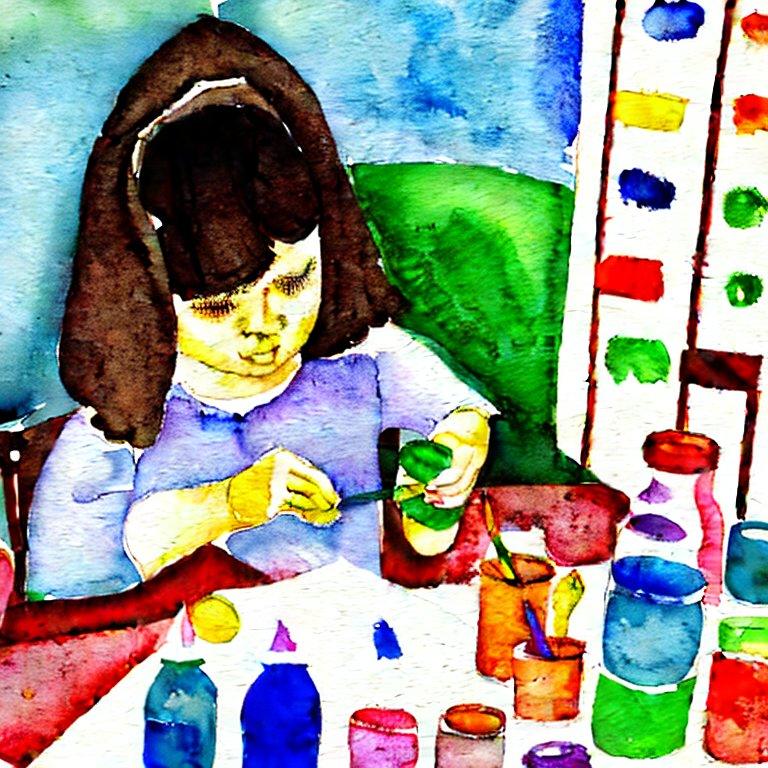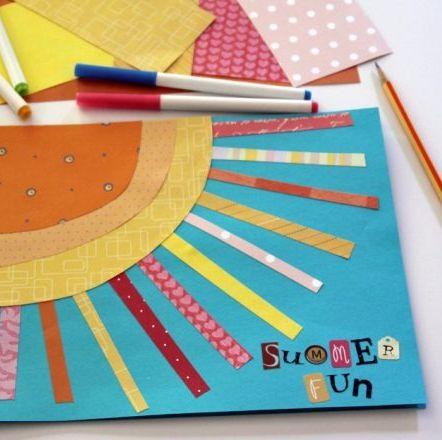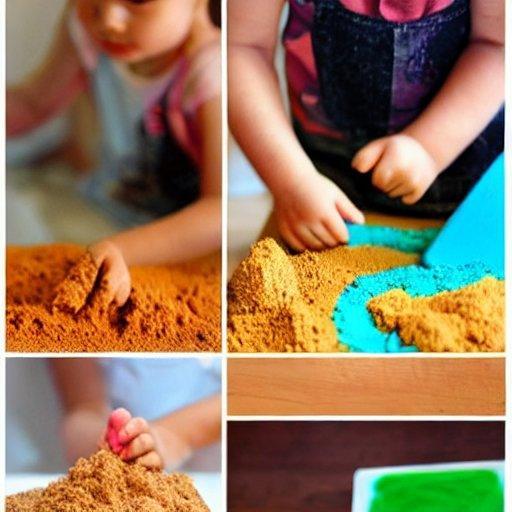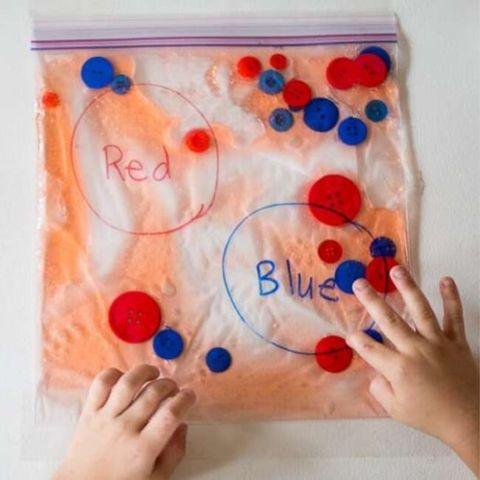Nurturing your child's imagination is a gift that lasts a lifetime.
Creative play, which includes art activities and imaginative make-believe games, offers a delightful way to foster your child's creativity, problem-solving skills, and self-expression. In this article, we'll explore the importance of creative play and offer tips for encouraging your child's imagination.
1. The Power of Art
Artistic endeavors provide an ideal outlet for your child's imagination. Whether it's drawing, painting, or crafting, art activities allow them to express their thoughts and emotions in a tangible way. Here's how art promotes imagination:
-
Self-Expression: Art enables children to convey their ideas, feelings, and stories through colors, shapes, and forms.
-
Creativity: Encouraging experimentation with different materials and techniques sparks creativity and innovation.
-
Problem-Solving: Art challenges children to think critically and find solutions to artistic challenges they encounter during their projects.
-
Confidence: Completing art projects and seeing their creative ideas come to life boosts self-esteem.
2. Imaginative Play
Imaginative or make-believe play is a world of its own, where your child's imagination knows no bounds. It can involve dressing up, creating elaborate scenarios, and acting out adventures. Here's why imaginative play is vital:
-
Role-Playing: Children learn about the world around them by imitating real-life situations, such as playing "house" or "doctor." This fosters empathy and social understanding.
-
Problem-Solving: Imaginative play often involves scenarios that require creative problem-solving, such as building a fort or planning a pretend picnic.
-
Language Development: Make-believe games encourage conversation, storytelling, and language development as children engage in dialogues and narratives.
Tips for Encouraging Creative Play:
-
Provide Art Supplies: Keep a variety of art supplies on hand, including colored pencils, markers, paints, paper, and craft materials. Encourage your child to experiment with different mediums.
-
Designate a Creative Space: Set up a dedicated area where your child can engage in art activities. A well-organized and inviting space can inspire creativity.
-
Join the Fun: Participate in creative activities with your child. Collaborative art projects can be enjoyable and a bonding experience.
-
Limit Screen Time: While screens have their place, ensure that they don't overshadow creative play. Encourage your child to engage in imaginative activities away from screens.
-
Celebrate Mistakes: Encourage your child to embrace mistakes as part of the creative process. Mistakes can lead to unexpected and beautiful outcomes.
-
Foster a Love for Stories: Reading books and sharing stories with your child ignites their imagination and enhances language skills.
-
Support Open-Ended Play: Provide toys and materials that allow for open-ended play, like building blocks, dolls, or dress-up clothes.
-
Encourage Pretend Play: Create a safe space for imaginative games where your child can explore roles, scenarios, and stories without judgment.
Conclusion
Creative play is a gateway to your child's imagination, enabling them to explore, create, and learn in an imaginative and expressive way. By offering opportunities for art activities and imaginative games, you're not only nurturing their creativity but also providing them with valuable tools for problem-solving, self-expression, and social development.
Embrace the world of creative play with your child, and watch their imagination flourish.
Image By freepik










